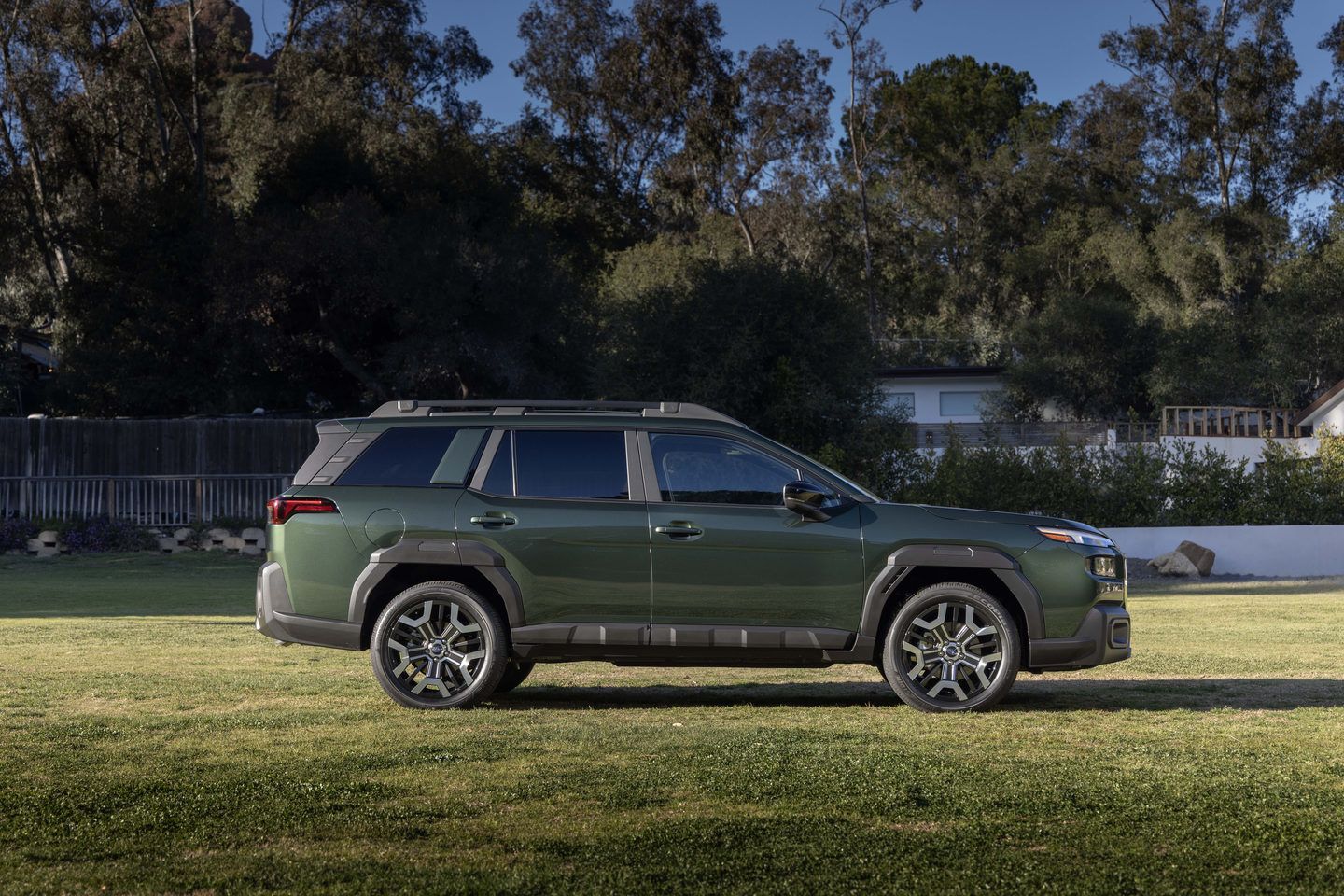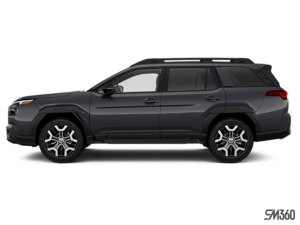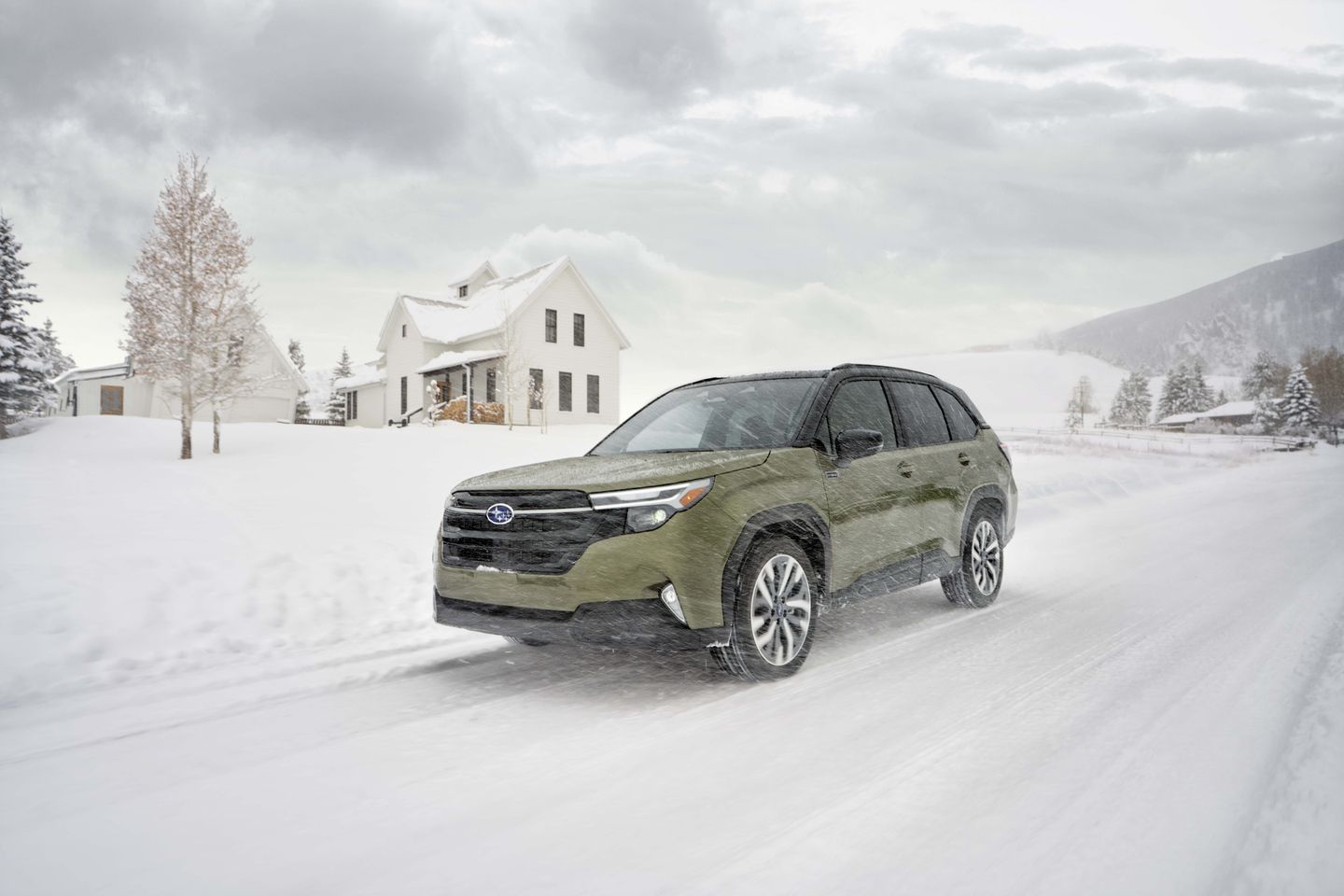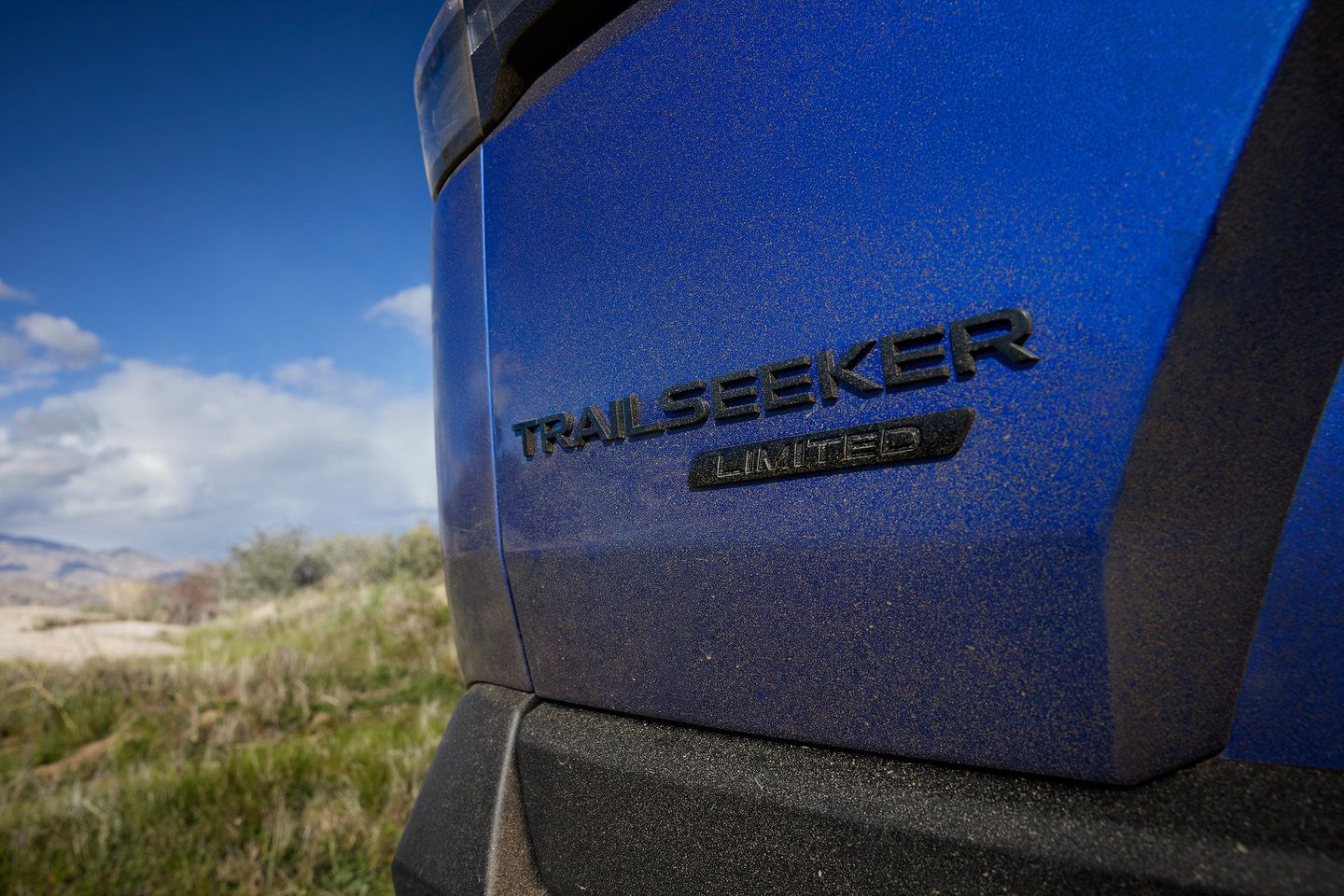Can the 2026 Subaru Outback Drive Hands-Free on Ontario Highways?
October 28 2025,

Highway driving between Toronto and destinations across Ontario often involves long stretches of multi-lane roads. The 2026 Subaru Outback will introduce driver-supported Highway Hands-Free Assist, a feature designed to reduce driver fatigue during extended highway journeys.
This technology marks a step forward in Subaru's approach to driver assistance. The system allows hands-free operation at speeds up to 135 kilometres per hour on designated highways, while requiring the driver to remain attentive and ready to take control. Understanding how this system works, what it requires from drivers, and what it can and cannot do helps set realistic expectations for this upcoming feature.
Understanding Highway Hands-Free Assist
Highway Hands-Free Assist will enable the 2026 Outback to maintain its lane position and follow traffic without constant steering input from the driver on designated highways. The system operates up to 135 kilometres per hour, covering typical highway cruising speeds on routes like Highway 401 between Toronto and Kingston or Highway 400 heading toward cottage country.
Despite the "hands-free" designation, this system requires driver supervision. The driver must keep their eyes on the road and remain prepared to resume steering control immediately if needed. A driver monitoring system tracks eye position and head orientation to ensure attention remains on driving tasks.
The system functions as an assistive technology rather than autonomous driving. The driver retains full responsibility for safe vehicle operation, and the technology serves to reduce the physical effort of steering during highway travel. This distinction matters for understanding both the capabilities and limitations of the feature.
When active, Highway Hands-Free Assist uses input from multiple sensors and cameras to track lane markings, monitor surrounding traffic, and maintain appropriate lane position. The system adjusts steering as needed to keep the vehicle centred in its lane through gentle curves and straightaways.
Latest-Generation EyeSight Technology
The 2026 Outback will feature the latest iteration of EyeSight Driver Assist Technology, incorporating three forward-facing cameras and newly added radar sensors. This sensor configuration provides the foundation for Highway Hands-Free Assist and other advanced driver assistance features.
The three-camera setup expands the system's field of view compared to previous two-camera configurations. This wider perspective improves the system's ability to detect vehicles, pedestrians, and road conditions at greater distances and wider angles. The addition of radar sensors complements the cameras by providing accurate distance and speed measurements regardless of lighting conditions.
EyeSight on the 2026 Outback will include several core features. Front Pre-Collision Braking can detect potential frontal collisions and apply the brakes if the driver does not respond to warnings. Adaptive Cruise Control maintains a set speed and follows the vehicle ahead at a selected distance, adjusting speed automatically as traffic flow changes.
Lane Centring keeps the vehicle positioned in the centre of its lane during highway driving. Lane Departure Warning alerts the driver if the vehicle begins drifting from its lane without signalling. Lane Sway Warning detects irregular lane weaving that might indicate driver fatigue or distraction.
A vibrating haptic steering wheel provides tactile feedback to alert drivers without relying solely on visual or audible warnings. This multi-sensory approach to driver alerts helps ensure important warnings receive attention even in situations with visual or auditory distractions.
Key EyeSight Features at a Glance
|
Feature |
Function |
|---|---|
|
Front Pre-Collision Braking |
Detects potential frontal collisions and applies brakes if needed |
|
Adaptive Cruise Control |
Maintains set speed and following distance from vehicles ahead |
|
Lane Centring |
Keeps vehicle positioned in the centre of the lane |
|
Lane Departure Warning |
Alerts when vehicle drifts from lane without signalling |
|
Lane Sway Warning |
Detects irregular weaving that may indicate fatigue |
|
Emergency Stop Assist |
Brings vehicle to controlled stop if driver becomes unresponsive |
|
Front Cross Traffic Braking |
Monitors and brakes for crossing traffic at intersections |
|
Acceleration Override Assist |
Limits acceleration if obstacle detected ahead |
Emergency Stop Assist with Safe Lane Selection
One of the most significant new features coming to the 2026 Outback represents a first for Subaru vehicles: Emergency Stop Assist with Safe Lane Selection. This system activates if the driver becomes unresponsive to warnings while using Advanced Adaptive Cruise Control.
The system monitors driver responsiveness through multiple methods. If alerts go unanswered and the driver does not provide steering, braking, or acceleration input within a specified timeframe, Emergency Stop Assist initiates a sequence of actions designed to bring the vehicle to a safe stop.
When activated, the system will first attempt to alert the driver through escalating warnings. If these warnings receive no response, the system takes control. If traffic and road conditions permit, it will change lanes to move the vehicle toward the shoulder. Once positioned safely, the system brings the vehicle to a controlled stop.
After stopping, several safety measures activate automatically. Hazard lights turn on to alert other drivers. The system places a call to emergency services through SUBARU STARLINK Connected Services, reporting the vehicle's location and situation. Door locks release automatically, allowing first responders immediate access to the vehicle.
This feature addresses medical emergencies or situations where a driver suddenly becomes unable to control the vehicle. While no technology can prevent all emergency scenarios, Emergency Stop Assist provides a safety net that could prove critical in unexpected situations during highway travel across Ontario.
Pre-Curve Speed Control for Safer Highway Driving
Pre-Curve Speed Control works in conjunction with Advanced Adaptive Cruise Control to adjust vehicle speed before entering curves on designated highways. The system uses map data to identify upcoming curves and their severity, then calculates an appropriate speed for safe curve navigation.
When approaching a curve while Advanced Adaptive Cruise Control is active, Pre-Curve Speed Control gradually reduces vehicle speed. This deceleration occurs smoothly within the current lane, avoiding abrupt braking that might startle other drivers or cause instability.
Ontario highways include numerous curves, particularly on routes through the Canadian Shield region north of Toronto or along escarpment areas. Pre-Curve Speed Control helps maintain comfortable and controlled vehicle dynamics through these curves without requiring the driver to constantly adjust cruise control settings.
After exiting the curve, the system allows the vehicle to return to the previously set cruising speed. This automatic speed management reduces the number of inputs required from the driver during highway travel, allowing more focus on traffic monitoring and road conditions.
What Drivers Need to Know
Highway Hands-Free Assist and related technologies will function only on designated highways. The system requires clear lane markings and will not operate on local roads, construction zones, or areas where road conditions fall outside its operational parameters.
Driver attention remains mandatory. The system monitors the driver and will issue warnings if it detects inattention. Failure to respond to these warnings results in the system disengaging and returning full control to the driver. This monitoring ensures the technology serves as an aid to attentive drivers rather than a replacement for active driving.
Weather conditions affect system performance. Heavy rain, snow, fog, or road spray can reduce camera and sensor effectiveness. The system will notify the driver and may suspend operation if conditions prevent reliable function.
Manual intervention immediately returns control to the driver. Touching the steering wheel, pressing the brake, or accelerating overrides the hands-free system. This allows quick responses to unexpected situations or changing road conditions.
Technology That Supports Long-Distance Travel
For Ontario drivers who regularly travel between Toronto and other cities—Ottawa, London, Windsor, or destinations in cottage country—these technologies address a common challenge: managing fatigue during long highway drives.
Highway Hands-Free Assist reduces the physical effort of maintaining lane position during extended highway segments. While the driver maintains full responsibility and attention, the reduced steering workload can help decrease overall fatigue accumulation.
Emergency Stop Assist with Safe Lane Selection provides backup support if an unexpected medical issue or emergency occurs during highway travel. Though designed for rare situations, this feature offers meaningful safety value for drivers concerned about sudden health events or emergencies while driving alone.
Pre-Curve Speed Control smooths the driving experience through curved highway sections, reducing the number of manual speed adjustments needed during a trip. This automation of routine tasks allows drivers to dedicate more attention to monitoring traffic and road conditions.
Availability and What's Next
The 2026 Subaru Outback will go on sale in late 2025. Highway Hands-Free Assist will be available on certain trim levels, with specific trim availability and pricing to be announced closer to the vehicle's launch.
These technologies represent Subaru's latest development in driver assistance features. As with all advanced driver assistance systems, effectiveness depends on proper use within the system's operational parameters. Understanding both capabilities and limitations helps drivers use these tools effectively.
For Toronto drivers interested in exploring how Highway Hands-Free Assist and other EyeSight features work in real-world conditions, Marino's Fine Cars Subaru will provide information and demonstration opportunities once the 2026 Outback arrives. Our team can explain system operation, answer questions about feature availability, and discuss how these technologies fit different driving needs.






